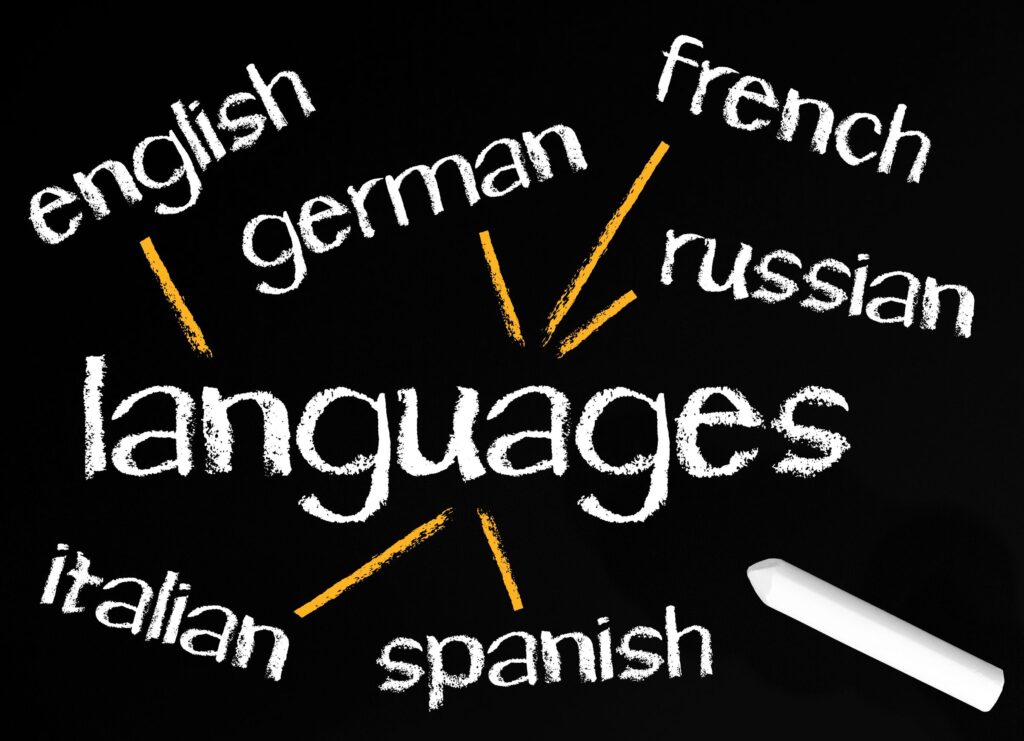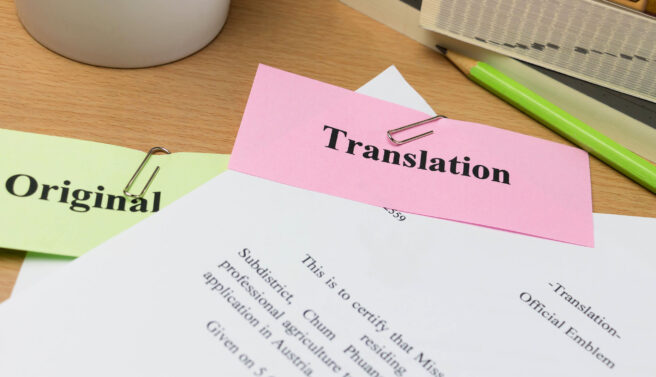On Sunday, August 9, 2020, the global community will celebrate the International Day of the World’s Indigenous Peoples. It was declared in 1994 during the United Nations General Assembly. The day is set to elevate awareness and protect the rights of the indigenous population around the world. The day also acknowledges the contributions and achievements of indigenous people to improve issues that plague the world. Each year, a specific theme revolves around the celebration. This year’s theme is COVID-19 and indigenous peoples’ resilience. Since mass gatherings are not yet allowed, the official commemoration will be in the form of a virtual webinar.
Who are the indigenous peoples?
Indigenous peoples are the earliest or the original inhabitants of a region. They are also known as Aboriginal peoples, Native peoples, First Nations or First Peoples. They are the ethnic tribes that retained the cultural, social, political, and economic characteristics that are distinct from the dominant societies around them. Even if they are culturally different, indigenous peoples share the same problems regarding their rights, like the rest of the world. Most of them suffer from extreme poverty, human rights violations, and marginalization.
Although many indigenous peoples maintain their unique way of life, some tribes have already assimilated the culture of their more dominant neighbors. Many of today’s indigenous tribes are sedentary, although there are many more who remain nomadic. They are still historically associated with a particular territory. Indigenous peoples are found everywhere in the world except in Antarctica.
What percentage of the world population is considered indigenous?
Indigenous peoples occupy about 22% of the global land area. They make up a large part of the world’s cultural diversity. The current population is about 370 million to 500 million, and they speak about 4,000 languages. They represent 5% of the world’s population, and you can find them in about 90 countries.
Asia is one of the world’s largest continents and is home to the largest number of indigenous peoples. China has the most significant amount of indigenous tribes, which accounts for about 8.5% of the population, equivalent to about 112 million people. Among them are the Zhuang, Uyghurs and the Tibetans.
Greenland, on the other hand, has the largest indigenous population based on the total population. About 88% of the people in Greenland are Greenlandic Inuit belonging to the Kalaallit tribe.
In South and Central America, the Aymara and Quechua are some of the more dominant American Indian tribes. In Africa, the Berbers, Maasai, and the Twa inhabit East and Central Africa.
About 80% of French Polynesia’s population is indigenous. On the other hand, India’s indigenous population makes up about 8.6% of the population, but it is still around 104 million people. Approximately 60 million indigenous peoples are in Indonesia, while 15 million are in the Philippines. There are about 15.7 million indigenous peoples in Ethiopia.
Expressing concern for the indigenous peoples of the world
The observance of the International Day of the World’s Indigenous Peoples aims for nations to care about the indigenous peoples, who are often described as ethnic minorities. Most of them belong to society’s most impoverished. According to the United Nations, they represent around 15% of the extremely poor in the world.
Even if there are advances and changes in living conditions, the ethnic minorities and the indigenous peoples still face marginalization and exclusion. They do not have equal access to essential services, unlike the dominant groups.
Lack of respect for cultural practices, mistreatment, and discrimination are some situations that prevent indigenous women from countries like India and Peru to use healthcare facilities for childbirth.
Their life expectancy is 20 years lower. At the same time, their access to electricity and sanitation is significantly lower than that of non-indigenous peoples anywhere in the world.
Most indigenous peoples are still unprotected despite their role in helping fight climate change, protecting the environment, and building resilience to natural calamities. Indigenous peoples protect around 80% of the remaining biodiversity in the world. Although they occupy various territories worldwide, their states do not officially recognize many of the indigenous lands.
Indigenous peoples’ resilience amid COVID-19
Top research organizations around the world recognize the link between pandemics and environmental damage even if the source of COVID-19 is not yet confirmed. Experts are seriously concerned about the threat of the highly infectious virus to indigenous peoples. Given their lack of access to healthcare and sanitation, they are some of the most vulnerable to the disease.
Aside from that, the world has to try to preserve their traditional knowledge and their relationship with nature. Because they live in areas that contain about 80% of the world’s diversity, indigenous peoples can transfer their expertise on rebalancing the world’s relationship with Mother Nature and help reduce the risk of pandemics in the future.
They may lack modern knowledge, but they use their traditional practices and experiences to find solutions to the disease. They are sealing off their territories, practice traditional preventive methods, and voluntarily isolate themselves. They demonstrate their natural ability to adapt, which will be the subject of the virtual panel discussion during the 2020 commemoration of the International Day of the World’s Indigenous Peoples.
They may use their traditional knowledge and practices to keep them safe. But these things can also pose a threat to their lives, because most of them live in extended, multi-generational family units, and commonly organize large family and community gatherings.
Honoring indigenous peoples
The UN usually holds forums, seminars, and dialogues during the celebration of the International Day of the World’s Indigenous Peoples. Communities that recognize indigenous peoples hold various events, such as the performances of traditional dances, storytelling, singing, arts and crafts fairs, traditional food fairs, and more.
Keep traditions alive with accurate translations from eTranslation Services
eTranslation Services joins the rest of the world in celebrating the International Day of the World’s Indigenous Peoples. As linguists, we handle many of the indigenous languages for our translation projects. We assure you that we provide accurate translations, whether the project is large or small. We help preserve traditions while at the same time, facilitate communication to promote better understanding among communities. Whenever you need quality translation services, send us an email at [email protected] or call at (800) 882-6058.



